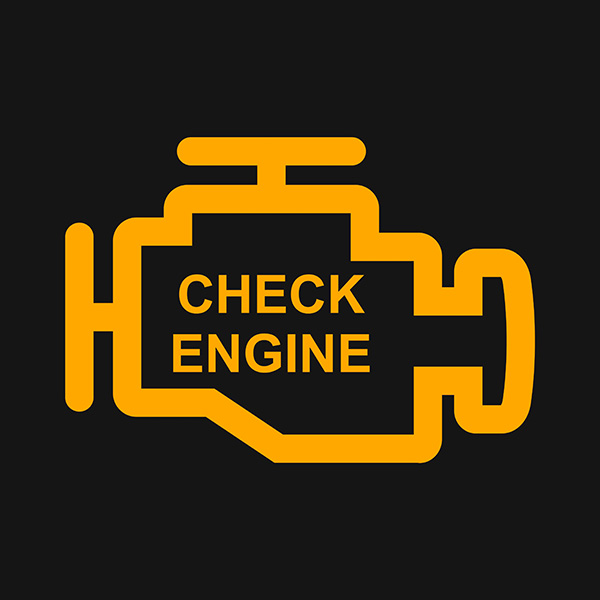
Seeing the check engine light pop on can be stressful—especially when everything seems to be working fine. Is it just a loose gas cap, or something more serious? The truth is, your check engine light can mean many different things. Some are minor, while others could lead to long-term engine damage or unsafe driving conditions if ignored.
So, should you be worried? That depends. Here’s how to better understand your check engine light and what to do next.
What the Check Engine Light Really Means
The check engine light is part of your car’s onboard diagnostics system. When it detects something unusual in the engine, emissions, or drivetrain systems, it turns on to alert you. This doesn’t always mean something is critically wrong, but it does mean the system has identified a problem worth checking out.
Some issues trigger a steady light, while others—especially those that require immediate attention—may cause it to flash.
Steady vs. Flashing Check Engine Light and What’s the Difference
If the check engine light is solid and not blinking, it usually means the problem isn’t urgent. You can continue driving for a short time, but you should still have your vehicle inspected soon. This kind of alert could relate to a loose gas cap, worn spark plugs, or an issue in the emissions system.
A flashing check engine light, on the other hand, is more serious. It typically indicates a misfire that could damage the catalytic converter if ignored. If the light is blinking, it’s best to pull over and shut the engine off until it can be diagnosed properly.
Common Reasons the Light Comes On
There are dozens of reasons a check engine light might appear. Some of the most common include:
- A loose or faulty gas cap
- Failing oxygen sensors
- Malfunctioning spark plugs or ignition coils
- Faulty mass airflow sensors
- Emissions system issues
- Catalytic converter concerns
Many of these problems don’t affect driveability right away, which is why it’s important not to rely solely on how the car feels.
Can You Keep Driving With the Light On
It depends on what’s causing it. If your car is running normally and the light is steady, it’s usually okay to drive to a repair shop or back home—but don’t put it off for long. Even minor issues can reduce fuel efficiency, increase emissions, or strain other components over time.
If the light is flashing, or if your car starts running roughly, stalling, or losing power, pull over as soon as it’s safe to do so. Continuing to drive could risk expensive damage.
What to Do When It Appears
When your check engine light comes on, the best step is to have your vehicle scanned with a diagnostic tool. These tools read trouble codes stored in the computer, giving insight into what triggered the alert. Some auto parts stores offer free code scans, but for an accurate diagnosis and proper repair, a full inspection is often necessary.
Early detection can turn a small fix into a simple service visit instead of a major repair.
Central Automotive Service Center – Engine Diagnostics You Can Trust in Walnut Creek, CA
At Central Automotive Service Center in Walnut Creek, CA, our team is equipped to quickly diagnose and resolve whatever caused your check engine light. Whether it’s a small sensor issue or something more complex, we’ll give you clear answers and expert repairs so you can get back on the road with confidence. Don’t ignore that light—schedule your diagnostic visit with us today.